Home>Gardening & Outdoor>Landscaping Ideas>How To Get Rid Of Tall Fescue Grass
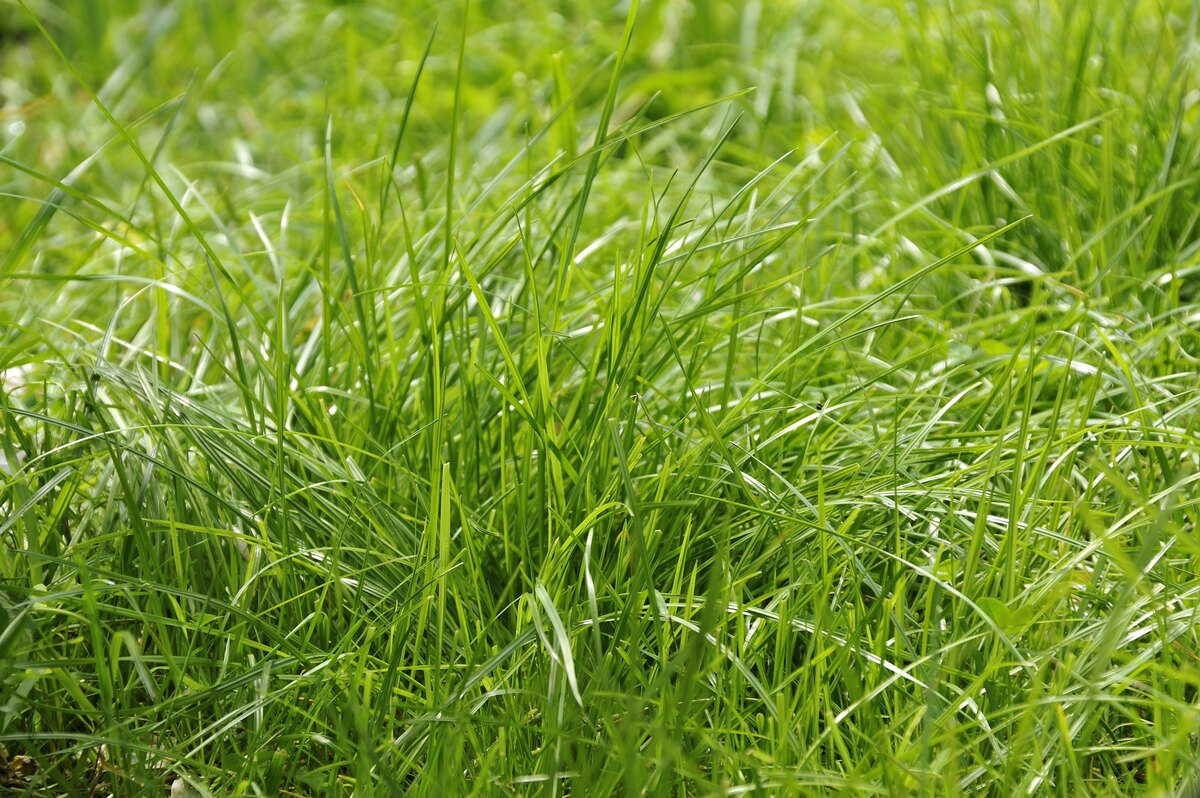

Landscaping Ideas
How To Get Rid Of Tall Fescue Grass
Modified: January 27, 2024
Learn effective landscaping ideas to remove tall fescue grass from your yard. Discover expert tips and methods for a beautiful, weed-free lawn.
(Many of the links in this article redirect to a specific reviewed product. Your purchase of these products through affiliate links helps to generate commission for Storables.com, at no extra cost. Learn more)
Introduction
Welcome to the world of landscaping, where the lush green expanse of a well-maintained lawn can be a source of pride and joy. However, the presence of unwanted grass species, such as tall fescue, can disrupt the harmony of your lawn. Tall fescue grass, known for its resilience and adaptability, often finds its way into lawns and landscapes where it is not wanted. Its robust nature can make it a challenging adversary for those seeking a pristine, uniform lawn.
In this guide, we will delve into the world of tall fescue grass, exploring methods for identifying, removing, and preventing its re-emergence. Whether you’re a seasoned gardener or a novice enthusiast, the information provided here will equip you with the knowledge and tools necessary to tackle tall fescue grass effectively. By understanding the characteristics of this grass species and implementing targeted removal techniques, you can reclaim the beauty of your lawn and create an environment where desirable vegetation can thrive.
Join us as we embark on a journey to restore the natural balance of your landscape by bidding farewell to tall fescue grass.
Key Takeaways:
- Say goodbye to tall fescue grass by identifying, removing, and preventing its return using manual or chemical methods. Rejuvenate your lawn for a lush, uniform appearance.
- Equip yourself with the knowledge to reclaim your lawn from tall fescue grass. Learn to identify, remove, and prevent its re-growth for a thriving, harmonious landscape.
Understanding Tall Fescue Grass
Tall fescue grass (Festuca arundinacea) is a cool-season perennial grass that is valued in certain contexts for its durability and adaptability. It is commonly used in pastures, sports fields, and erosion control due to its ability to withstand heavy foot traffic and harsh environmental conditions. While these attributes make tall fescue a desirable choice for specific applications, its invasive nature can pose challenges when it encroaches upon lawns and landscapes where it is unwelcome.
One of the defining characteristics of tall fescue grass is its deep root system, which enables it to thrive in diverse soil types and climates. Its deep roots allow it to withstand drought conditions, making it a resilient presence in lawns that may struggle to support other grass species during dry spells. Furthermore, tall fescue exhibits a coarse texture and tends to grow in clumps, creating an uneven appearance when it infiltrates well-manicured lawns.
Understanding the growth habits and physical traits of tall fescue grass is essential for effectively managing its presence in your landscape. By familiarizing yourself with the distinct features of this grass species, you can tailor your removal and prevention strategies to address its specific attributes. As we continue our exploration, we will delve into the methods for identifying tall fescue grass and differentiating it from desired turf species, empowering you to take targeted action against its encroachment.
Identifying Tall Fescue Grass
Recognizing tall fescue grass amidst a variety of turf species is a crucial first step in effectively managing its presence in your lawn. While its distinct characteristics can make it a formidable intruder, being able to differentiate it from desired grasses is essential for targeted removal efforts.
Tall fescue grass can be identified by several key features:
- Coarse Texture: Tall fescue exhibits a coarse texture, often standing out from finer grass varieties commonly found in lawns. Its blades are wider and coarser, contributing to its distinct appearance.
- Clump Growth: Unlike some turf species that spread through rhizomes or stolons, tall fescue tends to grow in clumps. These dense tufts of grass can disrupt the uniformity of a lawn, creating an uneven and unkempt aesthetic.
- Deep Green Color: Tall fescue grass typically displays a deep green hue, which can further set it apart from surrounding grass varieties. Its coloration may appear more intense compared to other grasses, aiding in its identification.
- Drought Resistance: In times of water scarcity, tall fescue’s resilience becomes apparent as it retains its green color and turgidity while other grasses may wilt and turn brown.
- Seed Heads: During the flowering stage, tall fescue produces distinctive seed heads characterized by a compact, cylindrical shape. These seed heads can serve as a visual cue for identifying the presence of tall fescue in your lawn.
By familiarizing yourself with these distinguishing features, you can develop a discerning eye for identifying tall fescue grass. This awareness enables you to accurately pinpoint areas where tall fescue has encroached, laying the groundwork for targeted removal efforts.
As we proceed, we will explore manual and chemical methods for removing tall fescue grass, equipping you with the knowledge and techniques to address its presence effectively.
Manual Removal of Tall Fescue Grass
When faced with the presence of tall fescue grass in your lawn, manual removal can be an effective and environmentally friendly approach to regain control over your turf. This method allows for targeted extraction of the unwanted grass while minimizing the impact on surrounding vegetation.
Here are some steps to guide you through the manual removal process:
- Prepare the Area: Before initiating the removal process, ensure that the soil is adequately moist. This facilitates easier extraction of the tall fescue grass and minimizes soil disturbance.
- Identify the Clumps: Locate the clumps of tall fescue within your lawn. These may appear as dense tufts of coarser grass, disrupting the uniformity of the surrounding turf.
- Excavation: Using a hand trowel or garden fork, carefully excavate around the base of the tall fescue clumps. Take care to reach beneath the root system to ensure complete removal.
- Root Extraction: Gently lift the clumps of tall fescue, ensuring that the entire root system is removed. Vigilance in this step is crucial to prevent regrowth from residual roots.
- Soil Rejuvenation: Following the removal of tall fescue, consider incorporating fresh topsoil or compost to rejuvenate the area. This promotes the growth of desired turf species and helps fill in the gaps left by the extracted grass.
Manual removal of tall fescue grass offers the advantage of precision, allowing you to selectively target the unwanted grass without affecting the surrounding lawn. Additionally, this method eliminates the need for chemical interventions, aligning with environmentally conscious lawn care practices.
By diligently executing the manual removal process, you can gradually reclaim your lawn from the encroachment of tall fescue grass. As we delve into chemical removal methods in the next section, you’ll gain insights into alternative approaches for addressing persistent or widespread infestations of tall fescue.
To get rid of tall fescue grass, you can use a non-selective herbicide like glyphosate. Apply it carefully to avoid harming desirable plants, and follow the instructions on the label.
Chemical Removal of Tall Fescue Grass
For persistent or widespread infestations of tall fescue grass, chemical removal methods can offer an effective means of addressing the encroachment and regaining control over your lawn. When employed judiciously and in accordance with product guidelines, herbicides can target the unwanted grass while minimizing impact on desirable turf species.
Here are the key steps involved in the chemical removal of tall fescue grass:
- Herbicide Selection: Choose a selective herbicide specifically formulated to target tall fescue while preserving the integrity of desired grass species in your lawn. Selective herbicides are designed to minimize collateral damage to non-target plants.
- Application Timing: Timing the herbicide application is crucial for maximizing its efficacy. As tall fescue is a cool-season grass, consider applying the herbicide during its active growth phase for optimal absorption and impact.
- Application Technique: Follow the instructions provided with the herbicide product to ensure proper application. This may involve spraying the herbicide directly onto the tall fescue grass, taking care to avoid overspray onto surrounding vegetation.
- Post-Application Care: After applying the herbicide, monitor the treated area for signs of tall fescue decline. Depending on the product used, you may observe wilting, browning, and eventual decay of the targeted grass over time.
- Revegetation: Following the successful removal of tall fescue, consider overseeding the treated area with preferred turf species to promote uniform regrowth and fill in any gaps left by the eradicated grass.
It is essential to exercise caution and precision when using herbicides for tall fescue removal, as improper application can lead to unintended damage to desired vegetation. Adhering to recommended dosage and application guidelines is paramount to achieving effective results while safeguarding the overall health of your lawn.
While chemical removal methods can be potent tools for addressing tall fescue infestations, it is important to approach their use with care and consideration for environmental impact. As we transition to exploring preventive measures against tall fescue re-growth, you’ll gain insights into strategies for maintaining a resilient and uniform lawn in the aftermath of grass removal.
Preventing Tall Fescue Grass Re-Growth
After successfully removing tall fescue grass from your lawn, implementing preventive measures is crucial to inhibit its re-growth and maintain the integrity of your turf. By proactively addressing the conditions that favor tall fescue, you can create an environment conducive to the flourishing of desired grass species while impeding the resurgence of the unwanted grass.
Here are several strategies to prevent tall fescue re-growth:
- Optimize Soil Conditions: Assess the soil composition and pH levels to ensure they are conducive to the preferred turf species. Amending the soil with organic matter and adjusting pH as needed can create an environment that is less hospitable to tall fescue grass.
- Proper Lawn Maintenance: Regular mowing at the appropriate height for your turf type can discourage the establishment of tall fescue. Additionally, aeration and dethatching practices promote the vigor of desired grasses while minimizing opportunities for invasive species to take hold.
- Overseeding with Desirable Species: Introducing additional seeds of preferred turf species can help fill in any gaps left by the removal of tall fescue, enhancing the density and uniformity of your lawn.
- Vigilant Monitoring: Routinely inspect your lawn for any signs of tall fescue resurgence. Promptly addressing any new growth can prevent the spread of this unwanted grass.
- Professional Consultation: If the presence of tall fescue persists or poses a persistent challenge, seeking guidance from a landscaping professional or horticulturist can provide valuable insights and tailored strategies for long-term management.
By integrating these preventive measures into your lawn care regimen, you can fortify your turf against the re-establishment of tall fescue grass, fostering a resilient and visually appealing landscape. Consistent monitoring and proactive interventions are essential for maintaining the health and uniformity of your lawn in the aftermath of grass removal.
As we conclude our exploration of tall fescue management, you are now equipped with a comprehensive toolkit for addressing, removing, and preventing the resurgence of this persistent grass species. By applying the knowledge and techniques outlined in this guide, you can cultivate a thriving and harmonious lawn that reflects your dedication to meticulous landscape care.
Conclusion
Congratulations on embarking on a journey to reclaim the beauty and uniformity of your lawn by addressing the presence of tall fescue grass. Through our exploration, you have gained valuable insights into the characteristics of tall fescue, methods for its identification, and targeted approaches for its removal and prevention. Armed with this knowledge, you are well-prepared to restore the natural balance of your landscape and create an environment where desired grass species can thrive.
By understanding the growth habits and physical traits of tall fescue grass, you have developed a discerning eye for identifying its presence amidst desired turf species. This awareness serves as the foundation for targeted removal efforts, whether through manual extraction or the judicious use of herbicides. The precision and care exercised in the removal process are instrumental in reclaiming your lawn from the encroachment of this resilient grass species.
Furthermore, the implementation of preventive measures is vital for inhibiting the re-growth of tall fescue and maintaining the health and uniformity of your turf. Optimizing soil conditions, adhering to proper lawn maintenance practices, and vigilant monitoring are integral components of a comprehensive strategy to fortify your lawn against the resurgence of unwanted grass species.
As you continue your journey in landscape care, remember that the dedication and attention you invest in your lawn yield enduring rewards. A thriving and visually appealing landscape is a testament to your commitment to nurturing a harmonious outdoor environment. Should you encounter persistent challenges or seek tailored guidance, consulting with a landscaping professional can provide valuable support in achieving your lawn care goals.
With the knowledge and techniques acquired in this guide, you are well-equipped to navigate the intricacies of tall fescue management and cultivate a vibrant and resilient lawn. Your proactive approach to landscape care not only enhances the aesthetic appeal of your surroundings but also contributes to the creation of a welcoming and inviting outdoor space for relaxation and enjoyment.
As you apply the principles and strategies outlined in this guide, may your lawn flourish with the vitality and beauty that reflect your unwavering dedication to meticulous landscape stewardship. Here’s to a landscape brimming with lush, healthy turf and the joy of a thriving outdoor sanctuary!
Frequently Asked Questions about How To Get Rid Of Tall Fescue Grass
Was this page helpful?
At Storables.com, we guarantee accurate and reliable information. Our content, validated by Expert Board Contributors, is crafted following stringent Editorial Policies. We're committed to providing you with well-researched, expert-backed insights for all your informational needs.
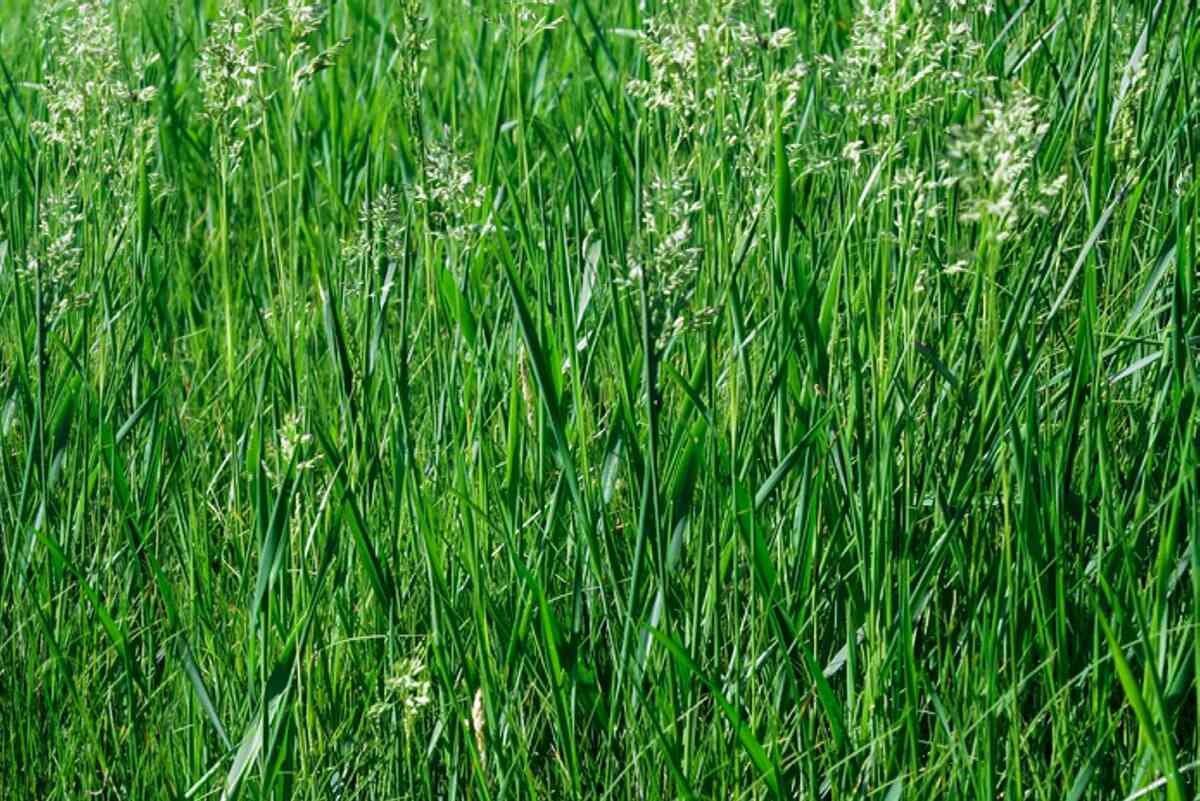
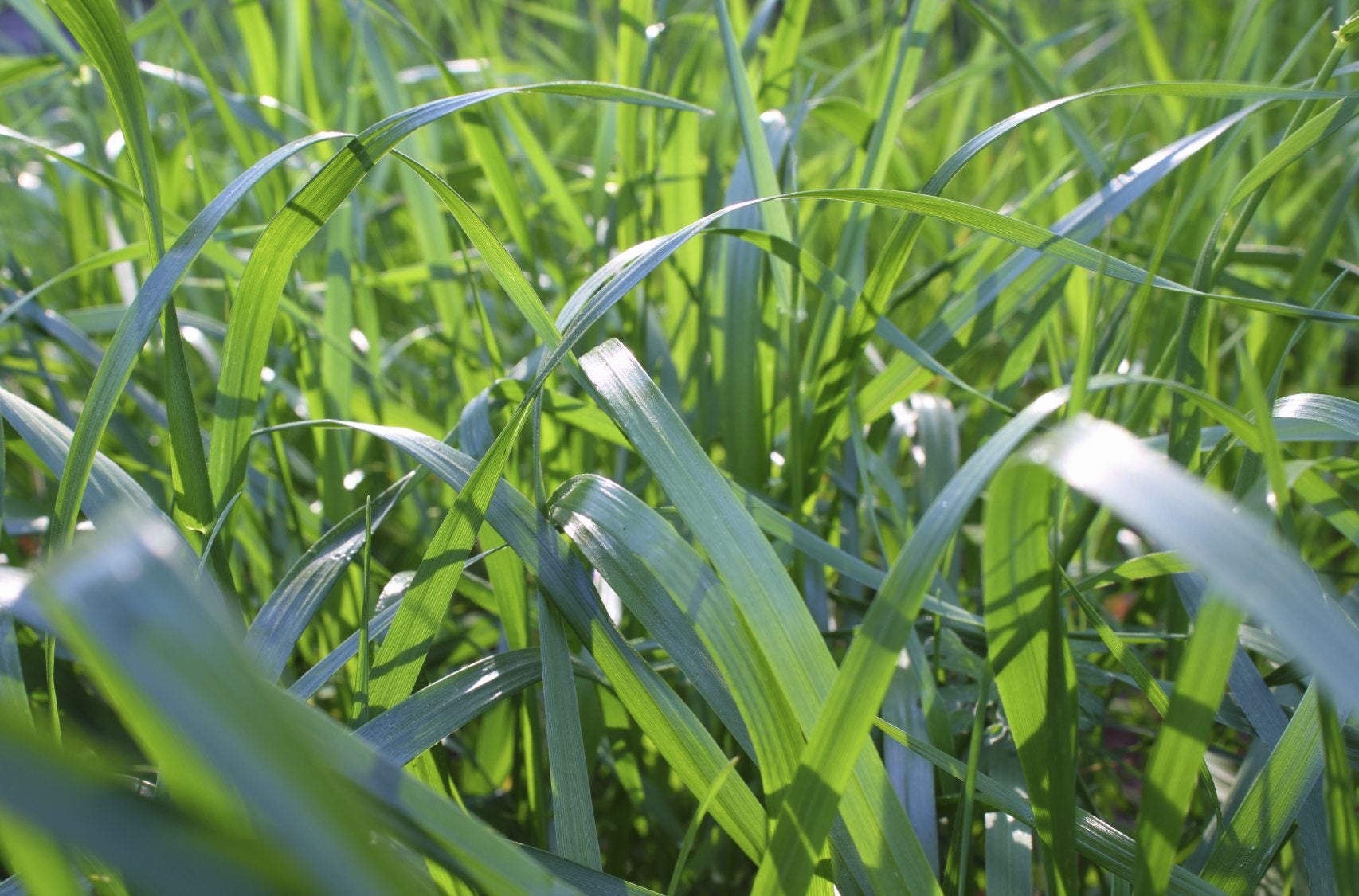

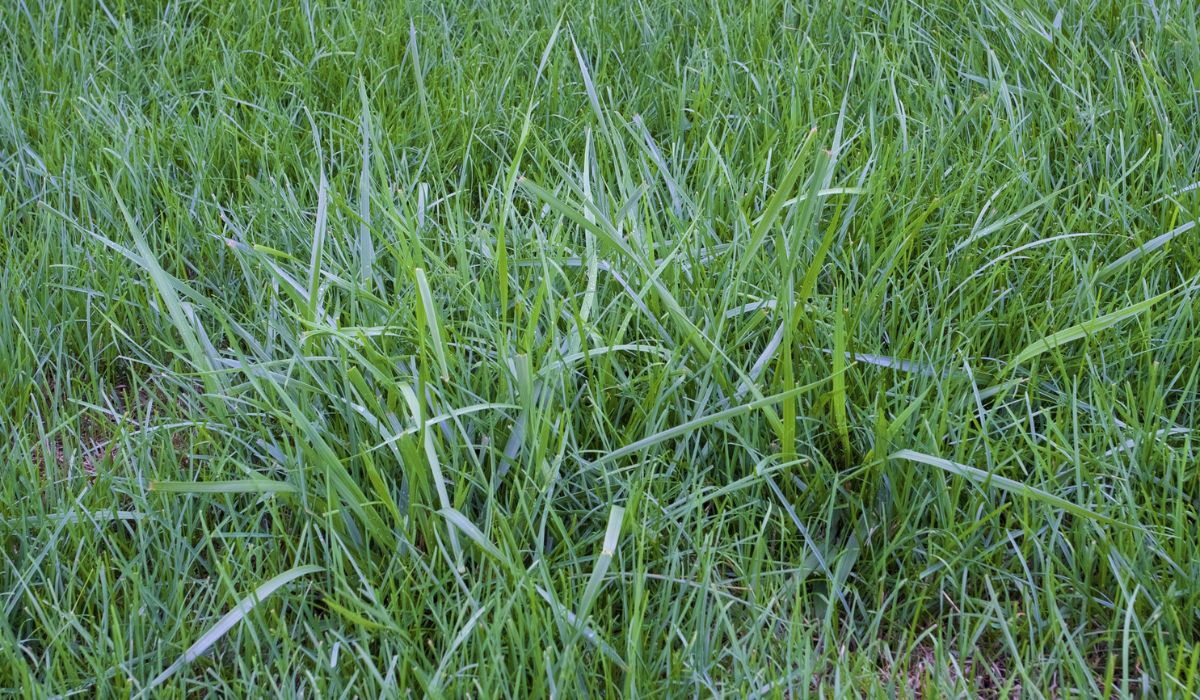
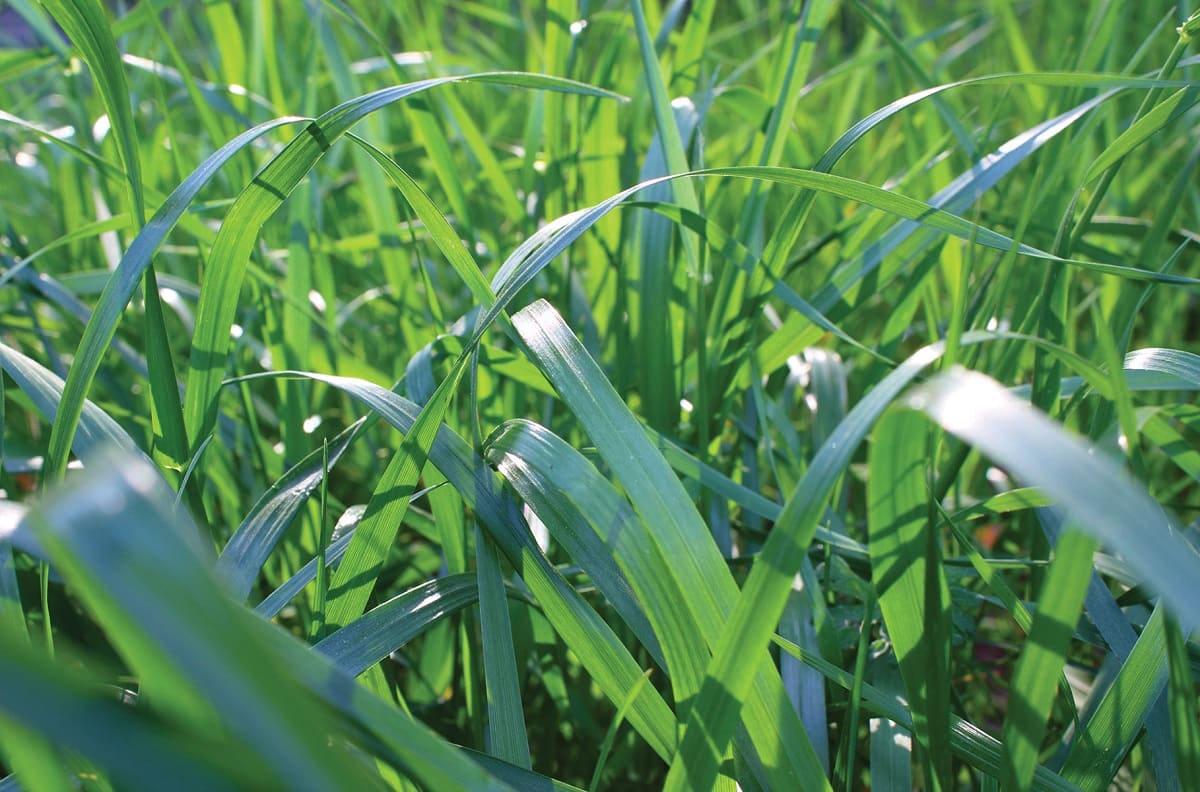
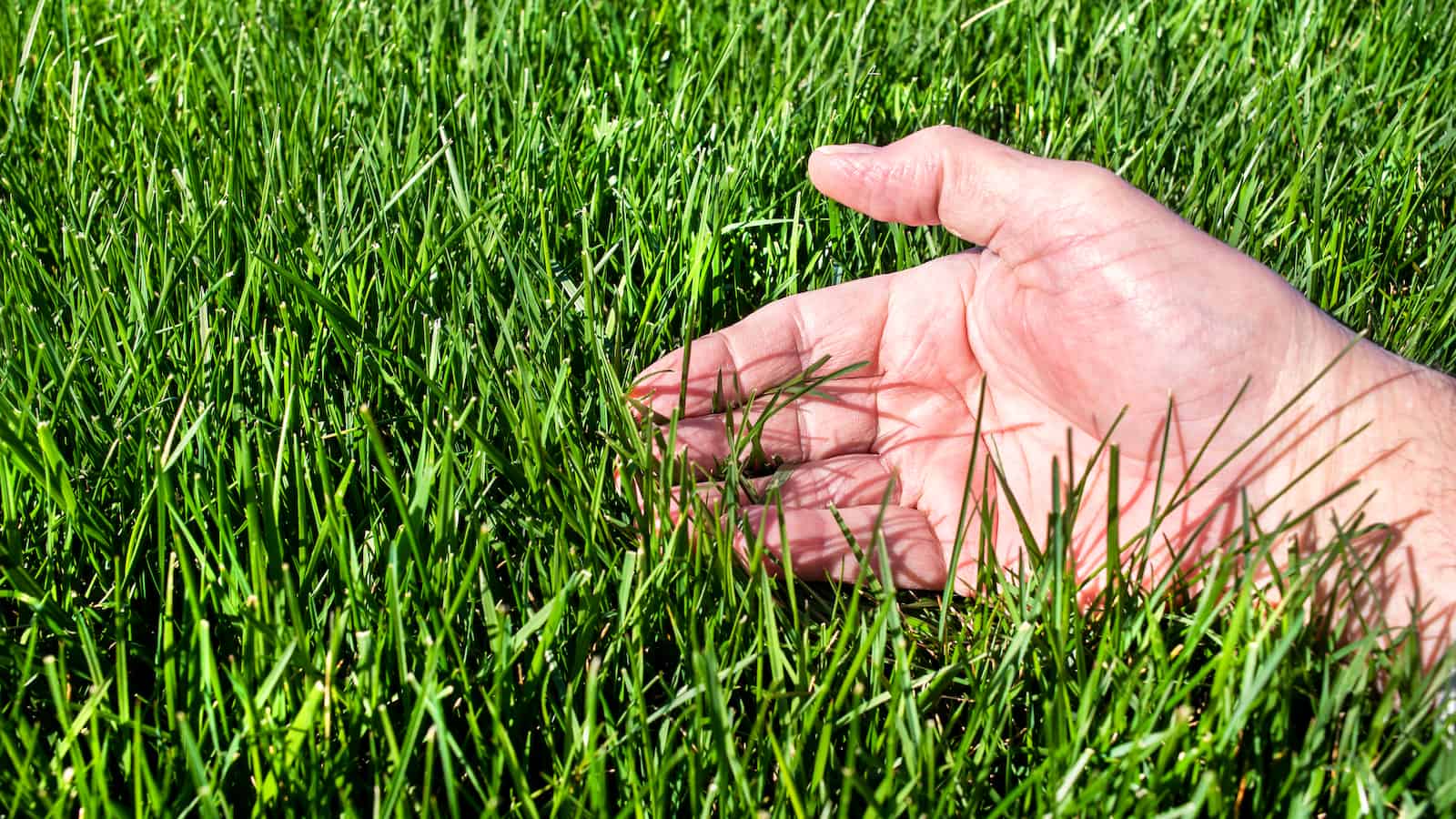
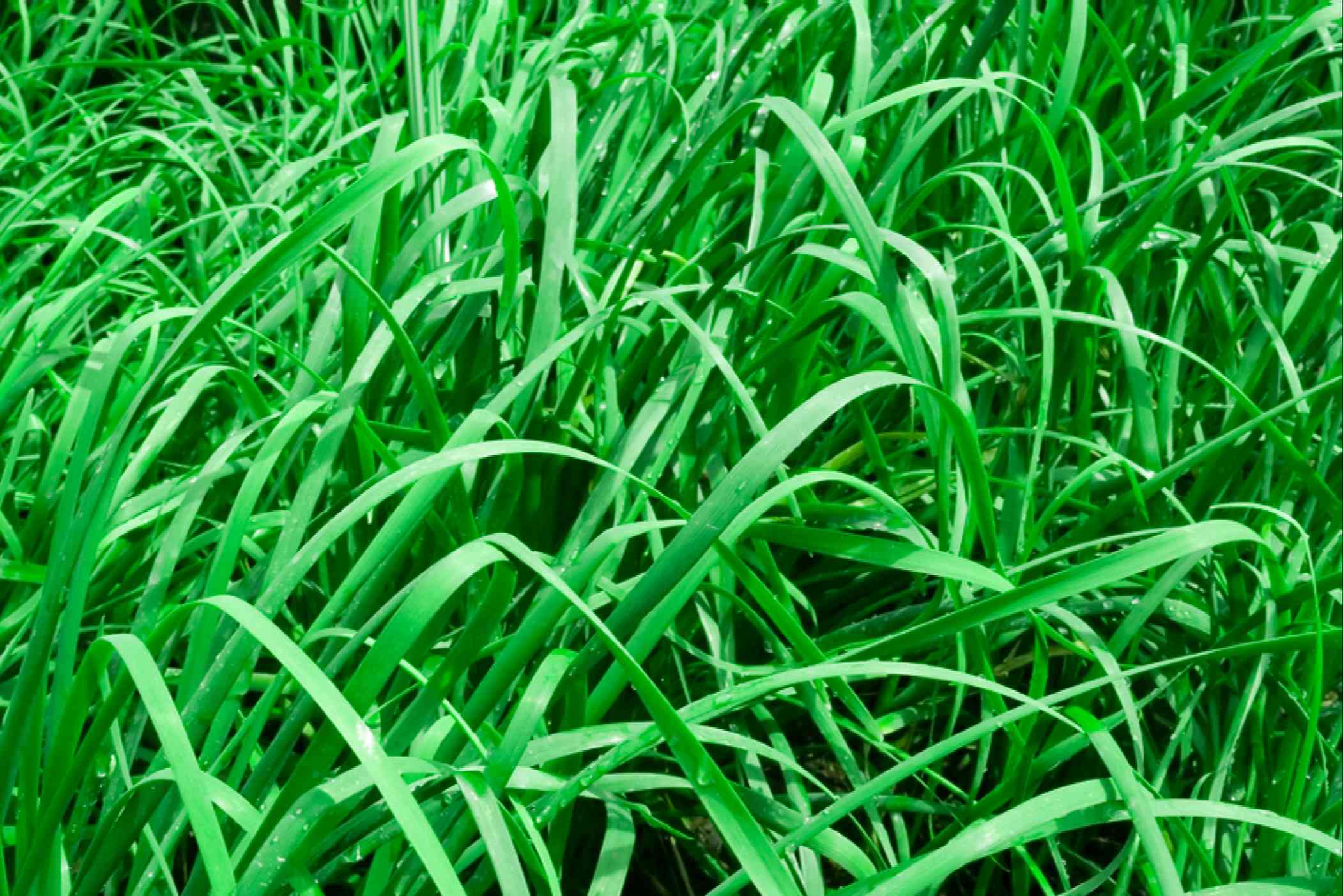


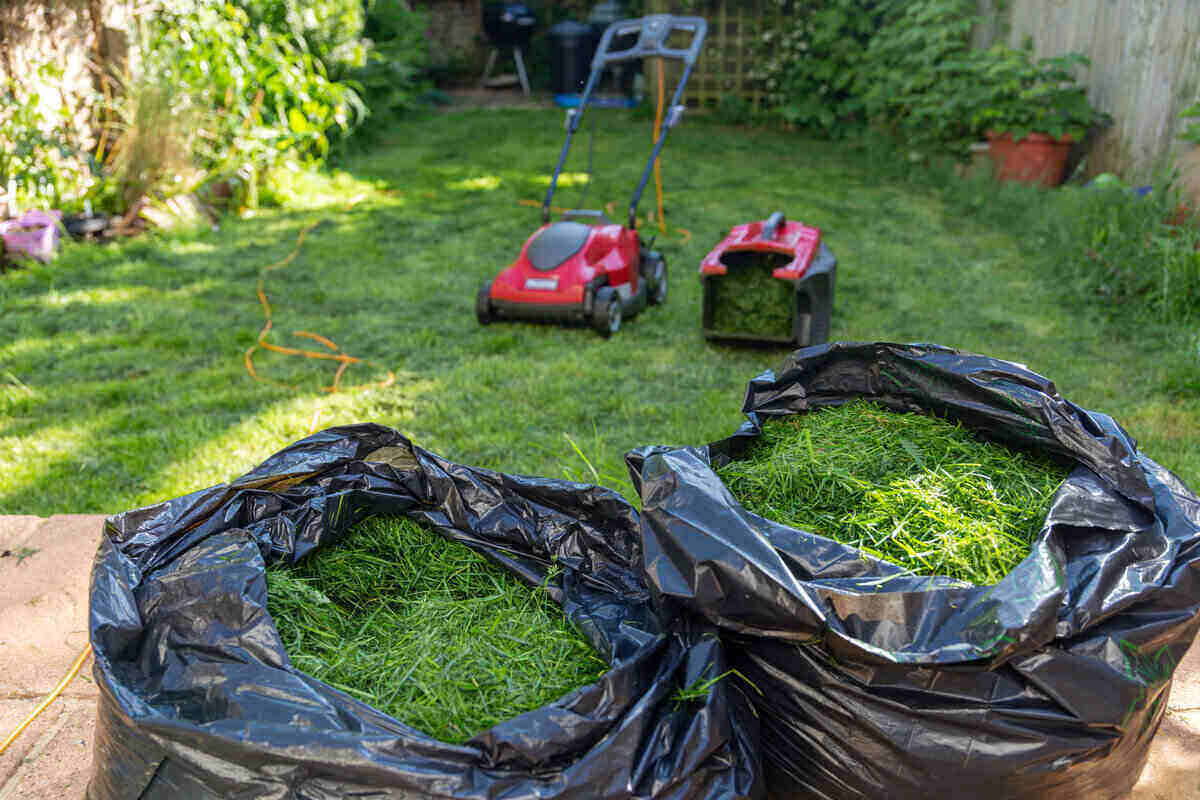
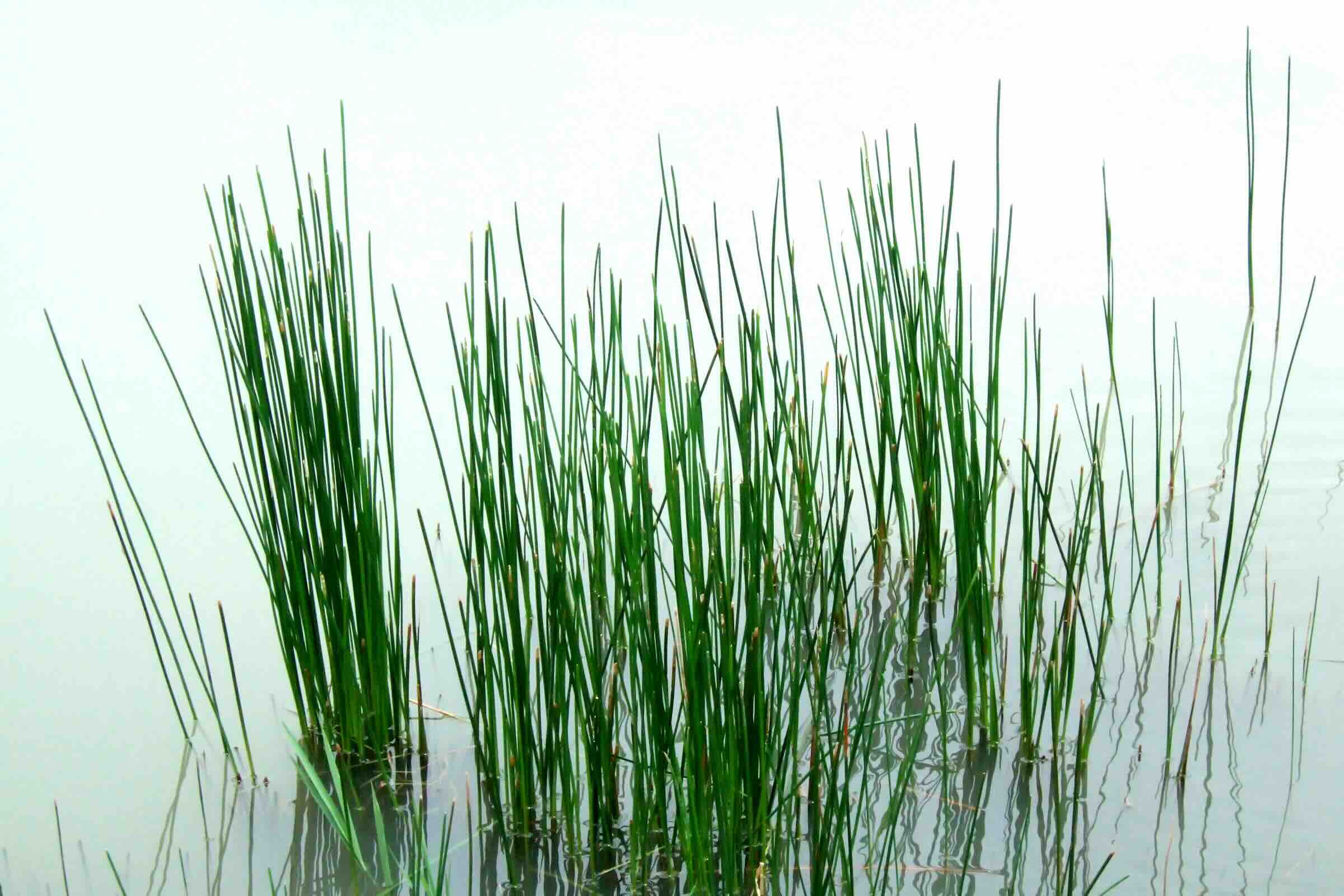
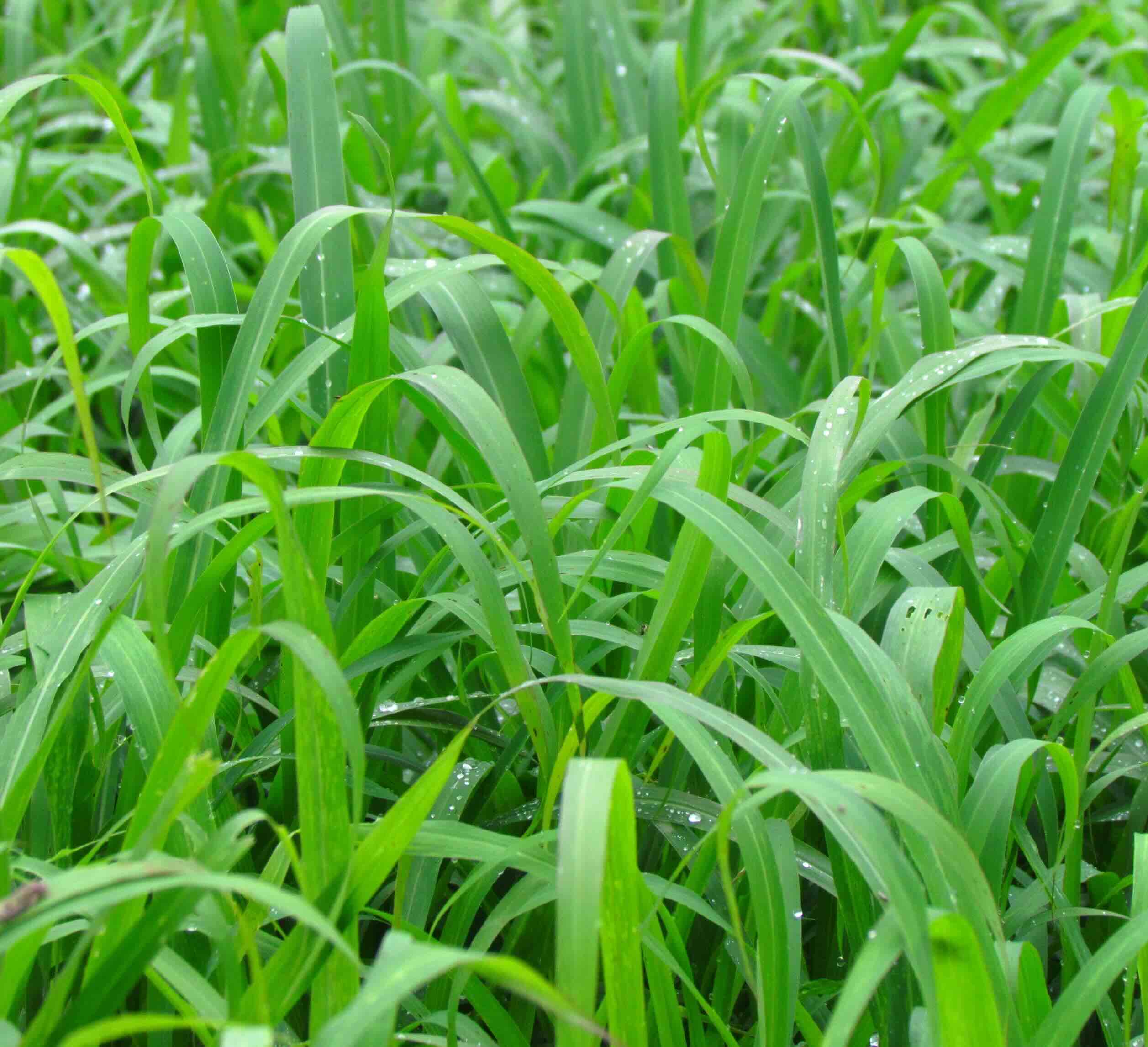

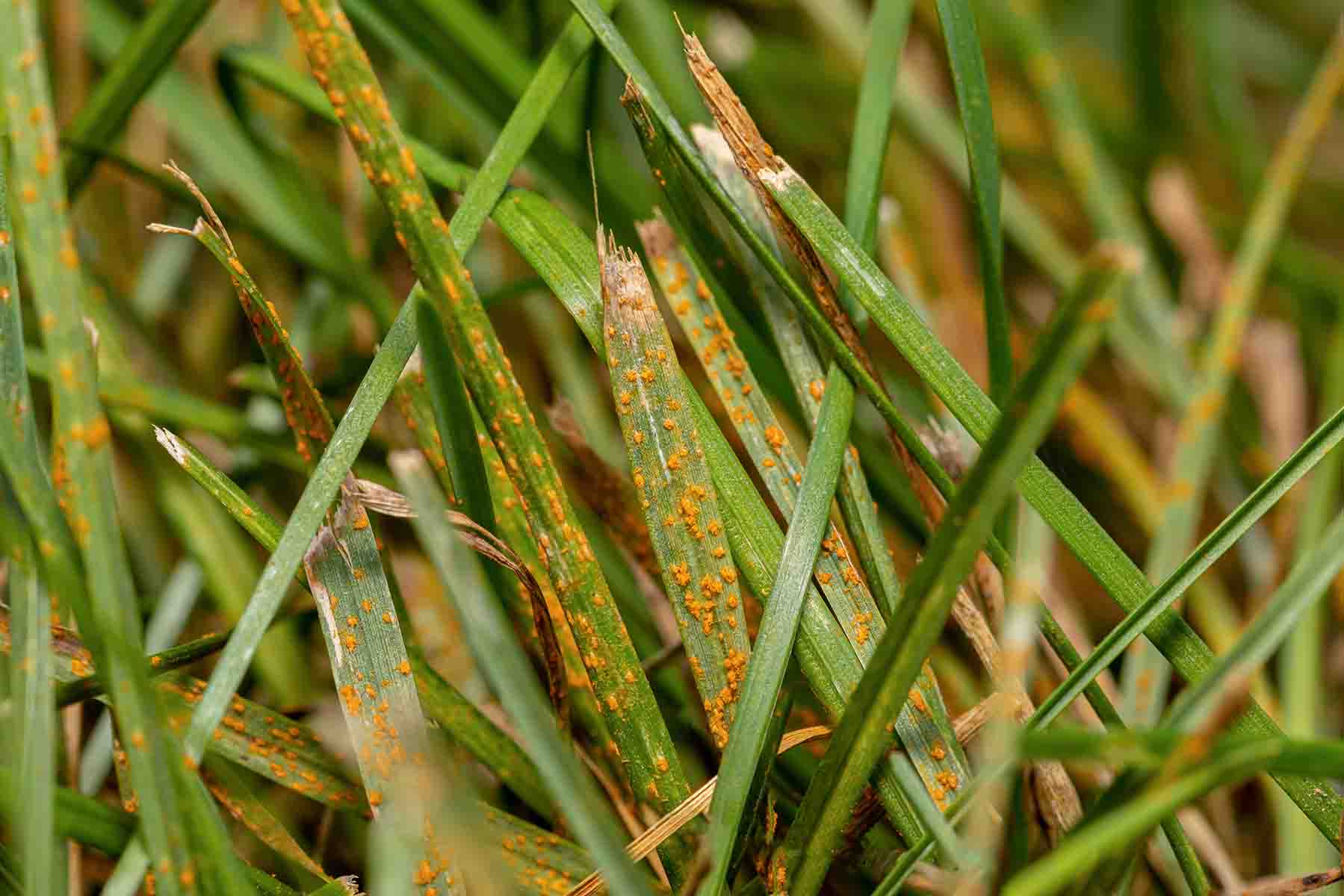

0 thoughts on “How To Get Rid Of Tall Fescue Grass”